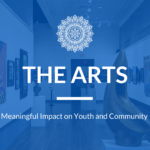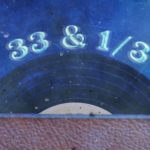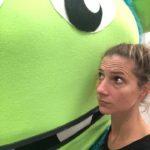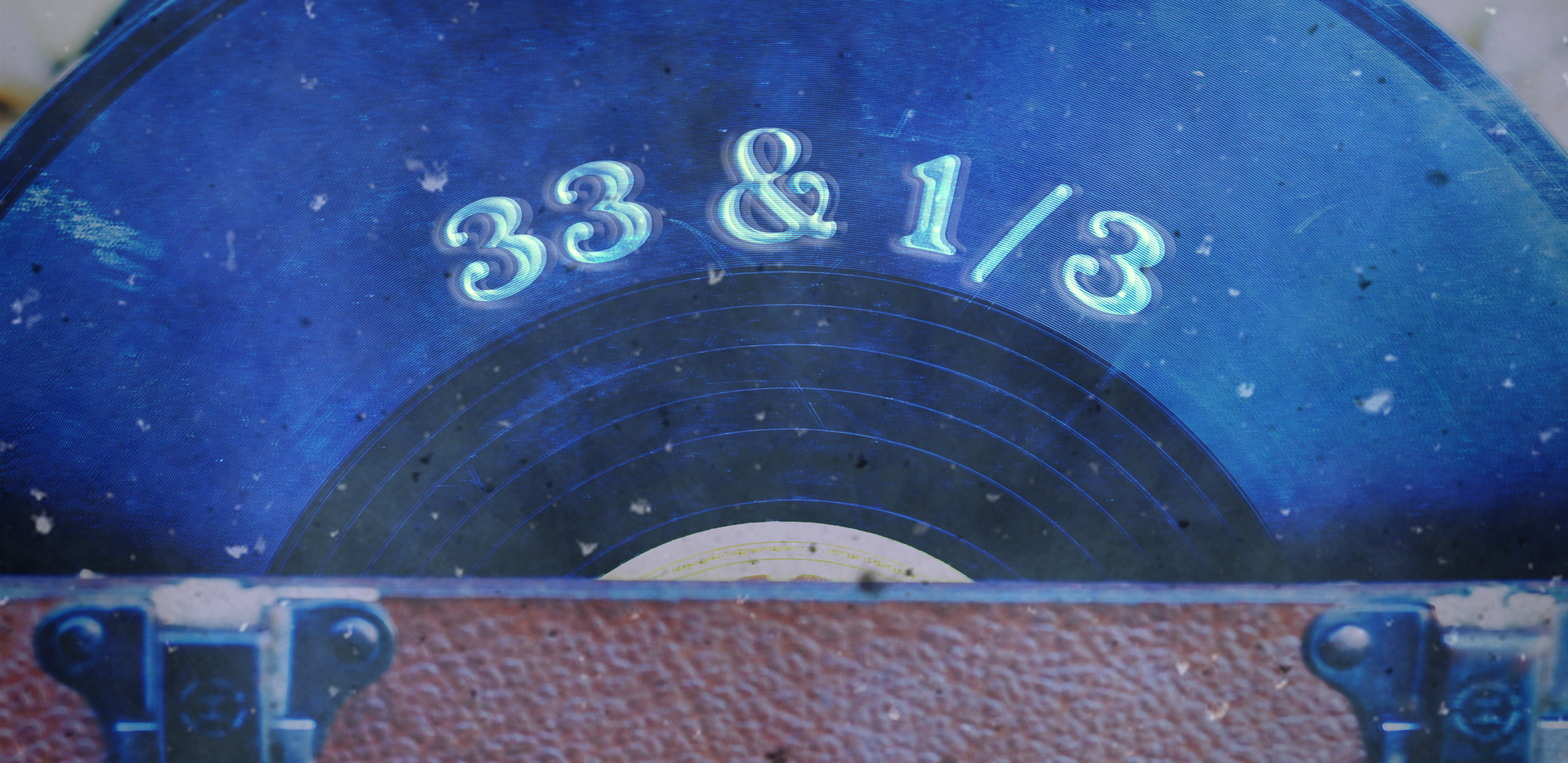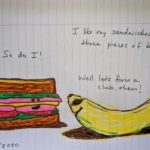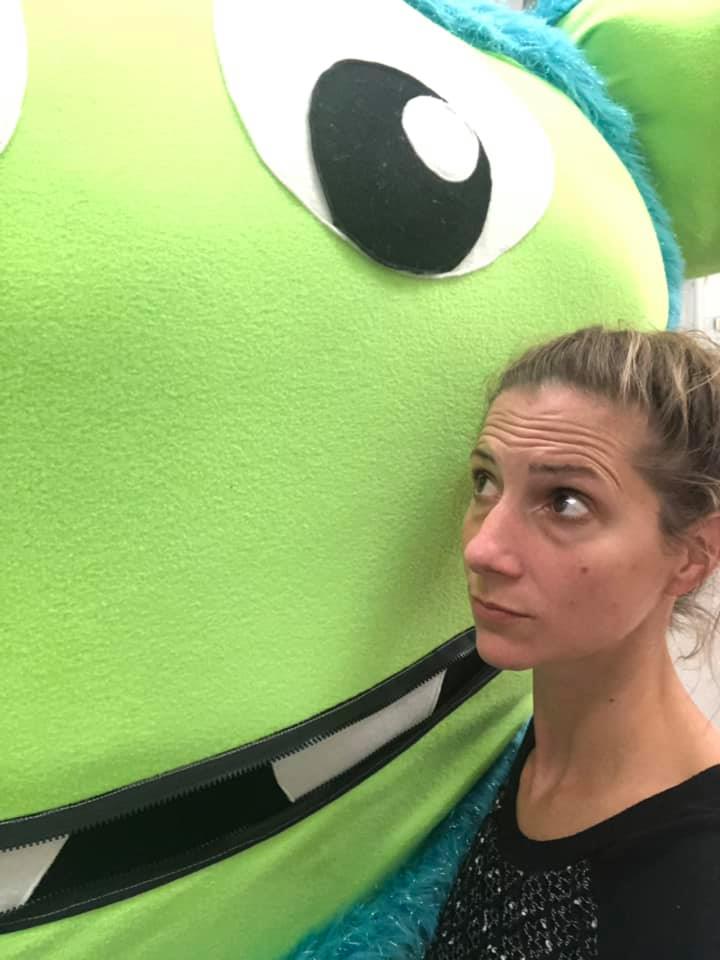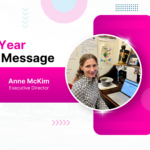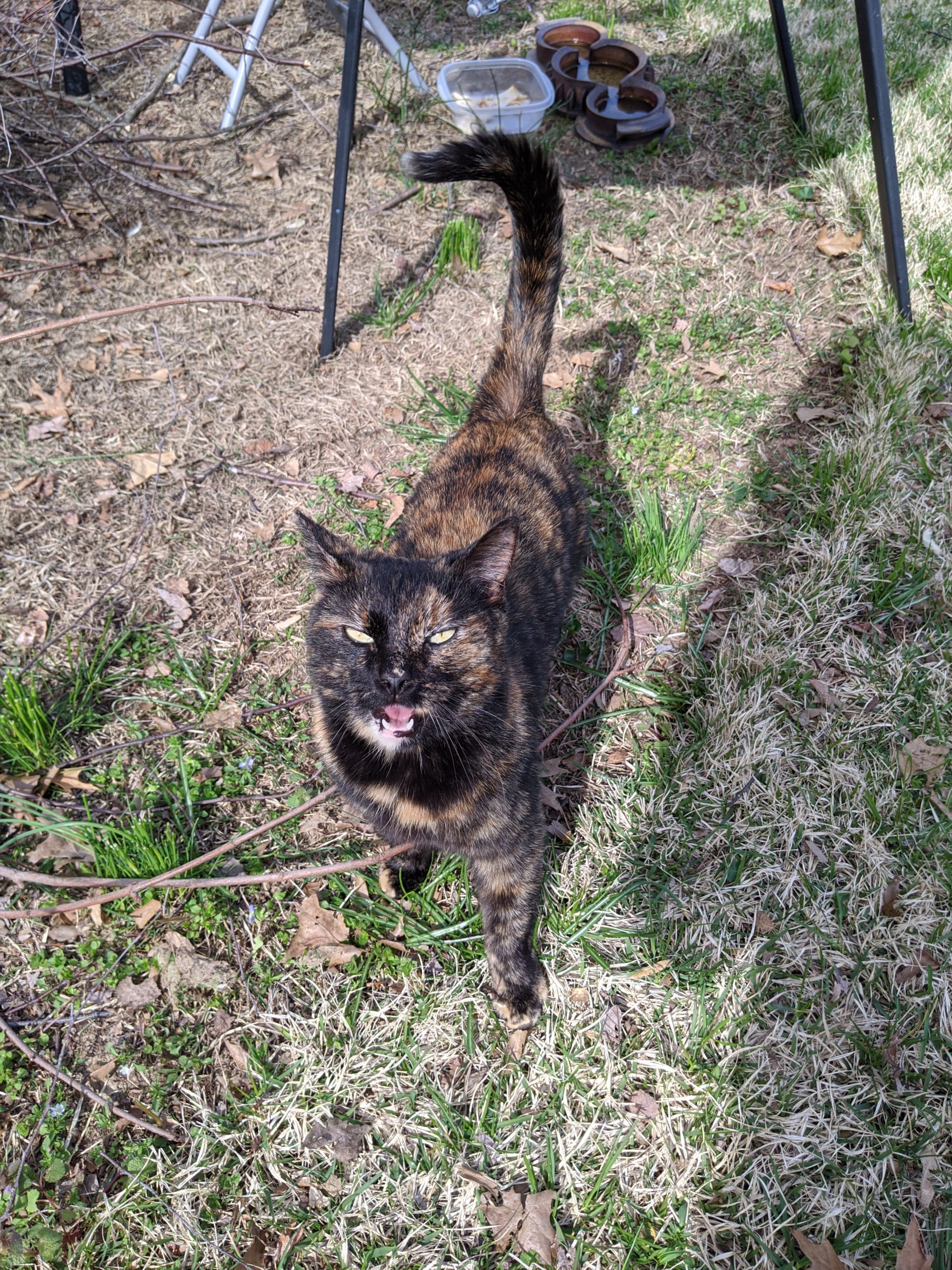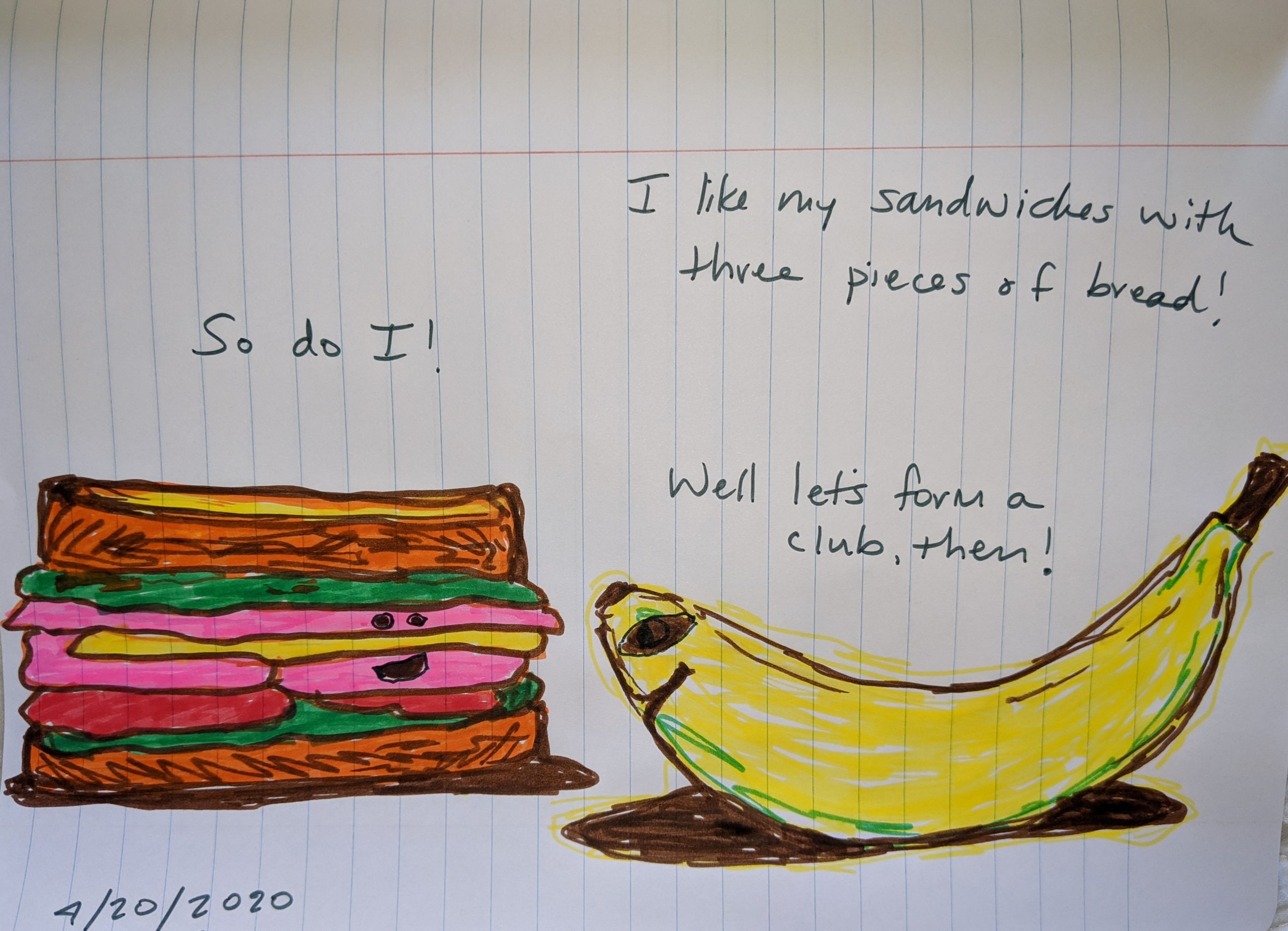
I’ve seen the memes about the days of the week being irrelevant during the stay at home order, and that only Thisday and Thatday exist now. At first, I resisted the idea of complete anarchy of time. I tried to make sure my socks matched every work day and that I didn’t have too much wine at dinner before Friday.
I remember even putting on makeup for my first couple of Zoom calls. Oh, Past Andrea. So naive, so optimistic. Adorable.

Today, on this Thisday, I am barefoot, and I have abandoned my makeshift desk in the kitchen to stay on my bed (it’s made at least) and work from the Chromebook. I do plan to have a couple of glasses of wine after dinner this evening, as I am attending a recreational Zoom event. I probably won’t even brush my hair for it. Structure and foundation have crumbled for me, someone who has realized lately how much she thrives on timelines and schedules. It was fun to throw routine to the wayside at first. I can wake up after 7:30 a.m.? I don’t need to shower until after lunch? I can eat a bowl of Doritos in bed at 10:30 a.m.? And don’t get me started on what “bedtime” means anymore.
The novelty is wearing off. I can no longer use seasons of RuPaul’s Drag Race as a clock (I reserve the right to reconsider this when I get to the All Stars seasons). Since time can’t be measured by work hours and weekends off anymore, it’s my mission to find a way to tally mark the days creatively. On Thisday, I draw cartoons of my breakfast and lunch chatting each other up. Thatdays are Crazy Makeup and Costume Days. Tomorrow is Latin Music Day (which may or may not also involve costumes). And Today is obviously Writing the Weekly Blog Day. The new normal is a different normal, and we might as well use these moments alone to make it weird and interesting.
Andrea Adams is the Gallery Director at the Arts Council of Southwestern Indiana.
Published April 20, 2020
